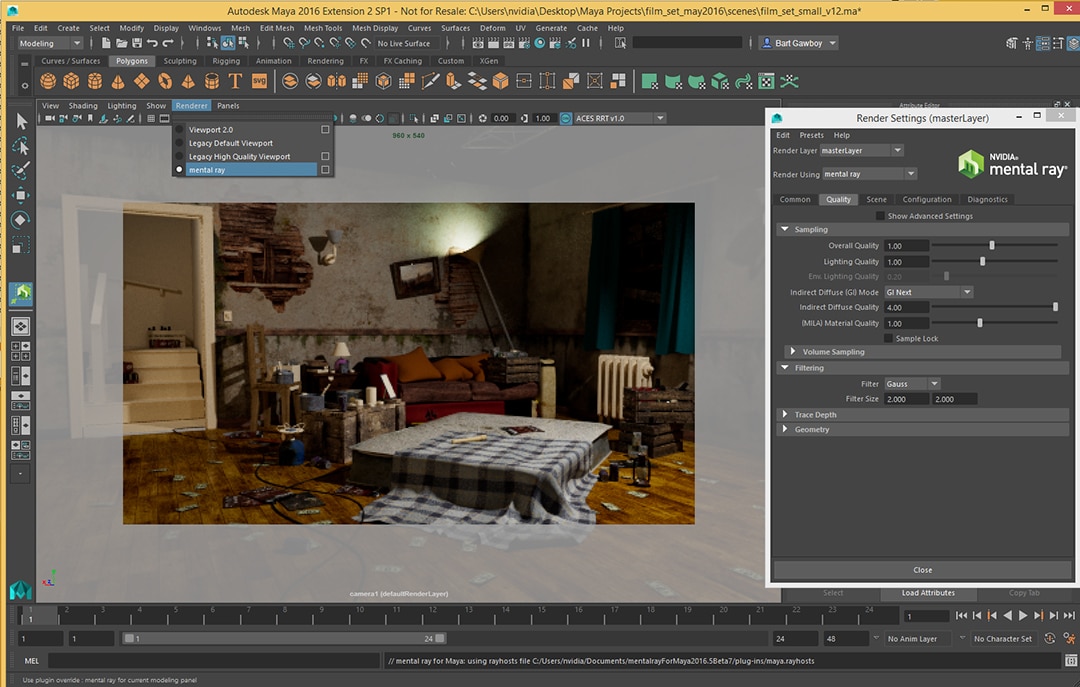
These are commonly referred to as visual styles. In every view you can change how the objects in your view are displayed. Showing and hiding elements within a view reduces visual clutter. This is brilliant for reducing any visual clutter and for ensuring you're able to focus on the exact parts of the model that you need to. Use this drop down to show or hide any elements in your scene. Showing and hiding elementsĪt the top of each view panel there are a set of menus which allow you to adjust the properties of the view. Switch between views to make the process of modelling and animating easier. This should bring up a list of all the views. To switch between these views simply hold down the space button and the left mouse button. Other views that you'll make a lot of use of include Front, Left, Orthographic as well as several others. So far we've only mentioned the default perspective view but this type of view won't be ideal for all situations. When you're working in your scene you'll want to be able to quickly switch between different views. From here you can adjust its properties for optimal viewing.Īdjust the properties of the default camera view for optimal viewing. Simply head to the 'Outliner' and select the perspective camera followed by the camera icon in the view panel. Most of the time the properties of this default camera will be absolutely fine but if you do need to change its properties then that is easily done. Default camera viewīy default the views will be set up with a default camera which will give you a perspective view into your scene. You can also move your spacebar over a panel and press the spacebar to have that take up the full view.Įasily adjust the layout of your view panels depending on your requirements. To help you move between layouts you can use the spacebar, which will toggle between the current layout and the previous layout. By default, on the left hand side of the interface there are a set of pre-defined layouts that you can switch between. Viewport panel layoutsĪs you'll know from the first week you can set out your viewports in a variety of different layouts depending on your requirements. Let me assure you that as you get your head around how the software works, you'll soon become comfortable with it. You're trying to get to grips with a new interface, new tools and new ways of thinking.

As with any piece of software, the learning curve is usually pretty steep to start with. Know the Basics: Maya Part 1: Interface Now that you have a better understanding of the interface we'll focus now on how to utilise the viewports and navigate around your scenes. In part two of the Know the Basics: Maya 2017 series, Paul Hatton explores the viewports and navigation.


 0 kommentar(er)
0 kommentar(er)
